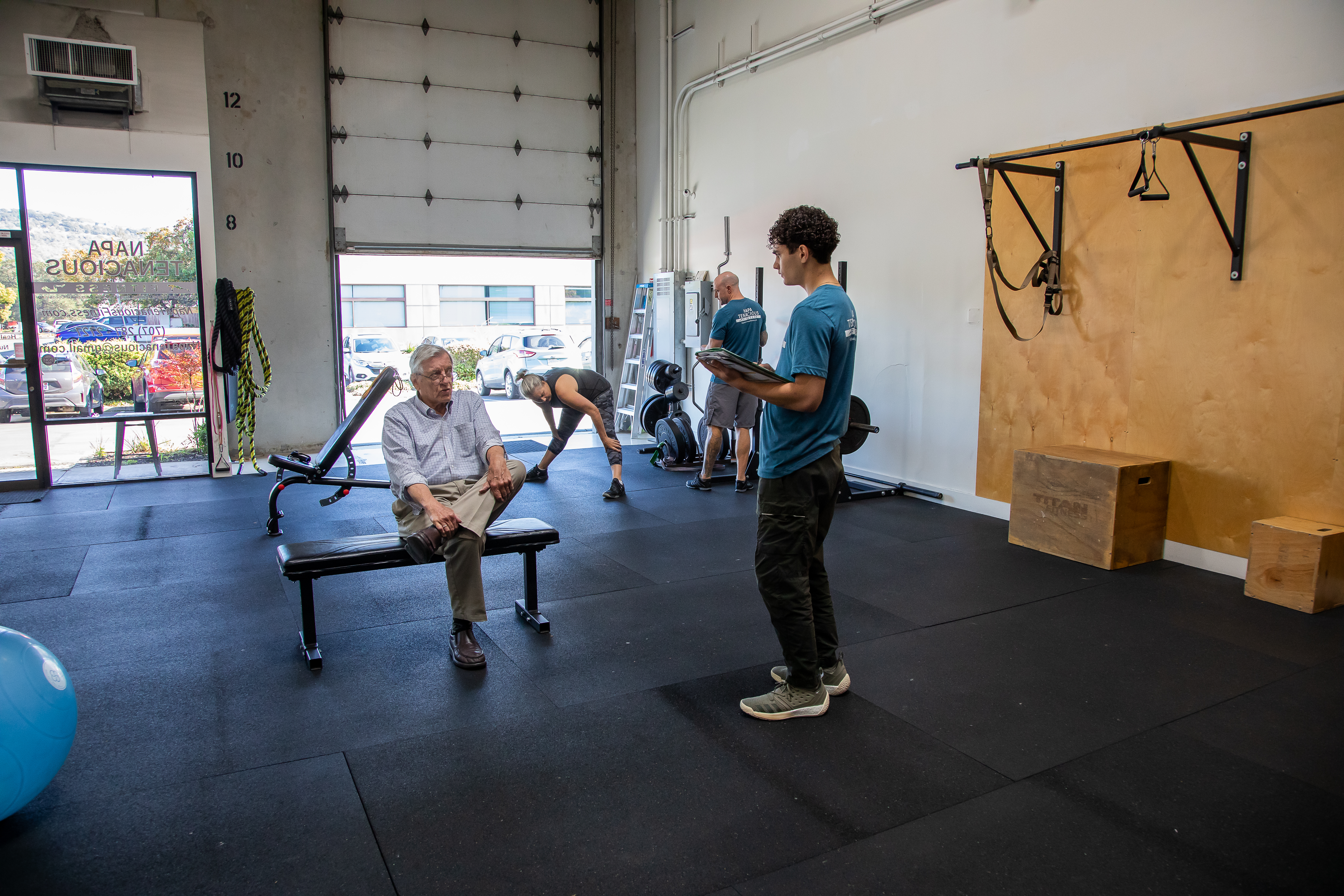Our world offers majestic mountain ranges, azure and sapphire oceans, and unique cultures, offering us awe-inspiring food and human interactions. We have a seemingly unlimited number of options for those of us possessing a strong desire to explore the world. How people interact with each other, eat, and function in every life is unique to the different regions of the world. For those who love travelling, diving into such experiences gives us a feeling of fulfillment like no other.
Taking a trip halfway across the world evokes an overwhelming sense of excitement. The thought of taking a brief hiatus from our everyday lives of working and putting other stresses on hold is enticing. However, travelling logistics can prevent us from thoroughly enjoying an adventure we’ve been anxiously awaiting to embark on. We have to go to an airport, endure airport security screenings, wait in a terminal for an hour or two, jam ourselves in an airplane in close quarters with other humans, and remain in static positions for hours.
After we land, we must reorient our body to its natural shapes and hit the ground running. A potential long wait through the rental car line and another commute to a hotel might ensue. If you’re lucky, checking in at the hotel might be fast but, then again, it may not. However, let’s not forget about our fifty to eighty pounds of luggage we have to haul in and out of rental cars, to an elevator, and ultimately throw onto our bed to unpack and organize. The mountains, oceans, and food of far way lands are waiting for us. However, some physically and psychologically demanding tasks are required to arrive at our prized traveling experience.
Adhering to a fitness routine to maintain a healthy and mobile body is essential to these adventures. The ability to move fluidly, contort the body to fit unfamiliar situations, and being able to stand for long periods are critical parts of enjoying these adventures. Similar to how professional athletes approach their season in elite athletic and physical condition to manage the stresses of a four-to six-month season or a ten-to-twenty-day trip to an unfamiliar land would benefit from a similar mode of preparation.
It’s a good idea to prepare a few months in advance to condition the body to manage the stresses of travel with a foundational level of fitness. We know a twelve-hour flight across the ocean will impose stress on the body. To prepare for this physical stress, regular stretching and mobility can mitigate the stiffening of the body. Yoga, Pilates, and stretching classes are helpful tools to aid in preparing to put the body in the restrictive position of a plane seat. Recreational activities such as walking cobblestone streets, hiking rugged treks, or swimming are common activities while traveling. A resistance training protocol to exercise the upper body, core, and lower extremities two to three times per week can assist in the body’s overall strength, endurance, and structural integrity while participating in these fun activities. To fully enjoy these experiences, setting a foundation of optimal health and fitness is critically important.
Before we go on these monumental adventures, it’s a good idea to prepare the body a few months in advance to condition the body to manage the stresses of travel. We don’t want nagging pain or determinants of our physical abilities to slow down the trip of a lifetime.
Sean McCawley, the founder and owner of Napa Tenacious Fitness in Napa, CA, welcomes questions and comments. Reach him at 707-287-2727, napatenacious@gmail.com, or visit the website napatenaciousfitness.com.

